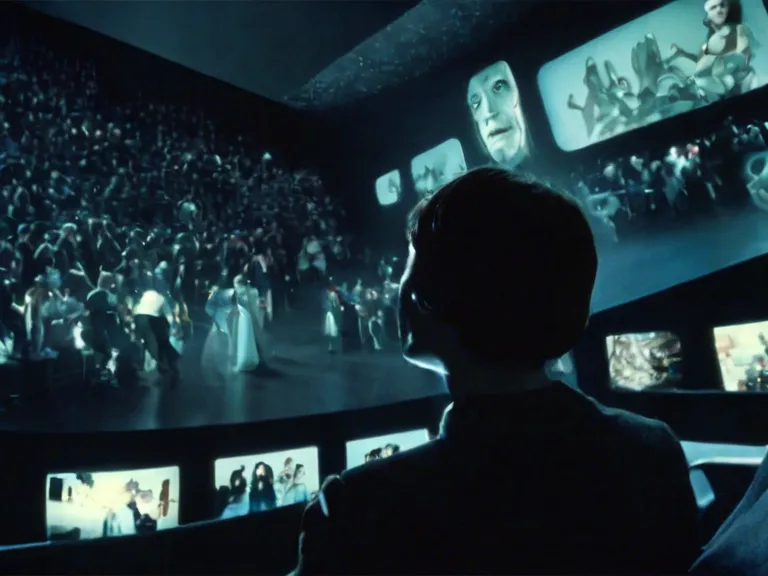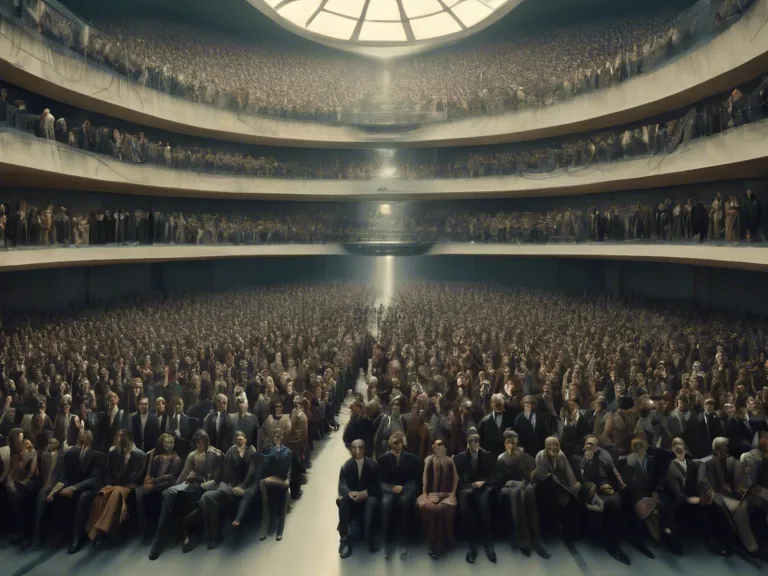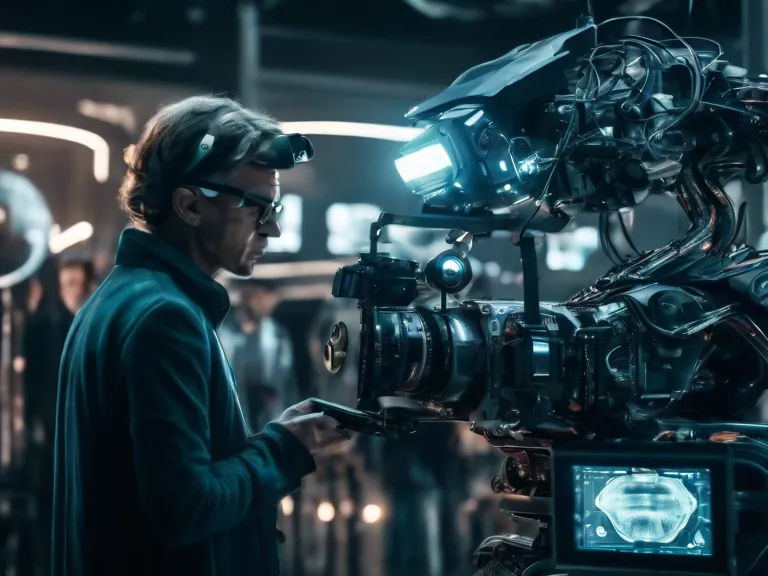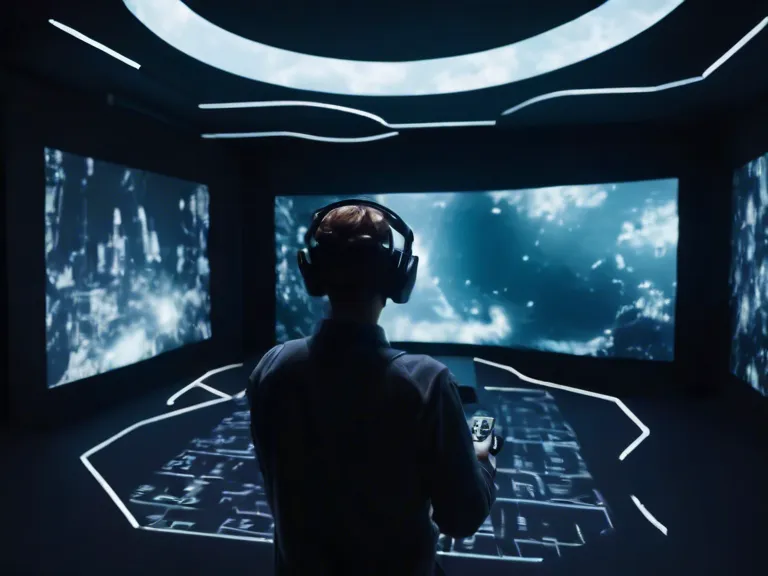
With the advancements in technology and the ever-changing landscape of filmmaking, cinematic techniques have evolved significantly over the years. From silent films to 3D virtual reality experiences, the way filmmakers tell stories on the big screen has transformed dramatically. But what does the future hold for the world of film? Let's take a deeper look at the evolution of cinematic techniques and what we can expect in the upcoming years.
One of the most notable changes in cinematic techniques is the shift towards digital filmmaking. With the rise of digital cameras and editing software, filmmakers have more creative freedom and flexibility in bringing their vision to life. This shift has also led to the rise of visual effects and CGI, allowing filmmakers to create worlds and characters that were once unimaginable.
Another major trend in the evolution of cinematic techniques is the use of immersive experiences. Virtual reality (VR) and augmented reality (AR) are becoming increasingly popular in the film industry, allowing viewers to step inside the story and interact with the characters in a whole new way. This level of immersion opens up endless possibilities for storytelling and audience engagement.
In addition to technological advancements, filmmakers are also experimenting with new storytelling techniques and narrative structures. Non-linear storytelling, unreliable narrators, and multiple perspectives are just some of the ways filmmakers are pushing the boundaries of traditional storytelling. This evolution in storytelling allows for more complex and layered narratives that challenge and engage audiences in new ways.
As we look towards the future of film, it's clear that cinematic techniques will continue to evolve and push the boundaries of storytelling. From virtual reality experiences to interactive narratives, the possibilities are endless. Filmmakers will need to adapt and embrace these changes to stay relevant in an ever-changing industry.



